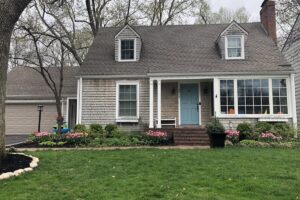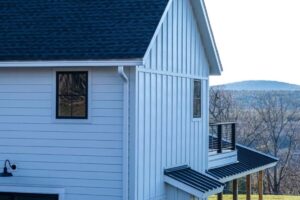The exterior of your home plays a crucial role in its appearance and structural integrity. One of its main components, the siding, acts as the first line of defense against various environmental factors. Regular inspections can identify potential issues, ensuring the longevity and health of your home. In this article, we’ll explore some frequent siding problems found during professional inspections and offer guidance on how to handle them.
Why Regular Siding Inspections are Vital
Enhancing Curb Appeal
Damaged or worn-out siding can significantly decrease the aesthetic value of your home. Regular check-ups ensure your house always looks its best.
Preventing Structural Damages
Issues with siding can lead to internal damages if water infiltrates the walls. Timely detection and repair can save you from costly structural repairs in the long run.
Increasing Energy Efficiency
Gaps, cracks, or inefficiencies in siding can cause drafts and let out indoor warmth. Addressing these problems can help maintain a comfortable indoor environment and reduce energy bills.
Common Siding Issues Found During Inspections
Warping or Buckling
One of the frequent siding problems found during inspections is warping or buckling. This is often due to prolonged exposure to heat or moisture. Not only does it affect the appearance of your home, but it can also indicate trapped moisture, which can lead to more severe issues if left unaddressed.
Cracks and Holes
Over time, siding can develop cracks and holes due to weather conditions, wear and tear, or impact from foreign objects. These openings can allow water and pests to enter, posing risks to the structure and interior of the house.
Fading
While fading doesn’t necessarily compromise the structural integrity of siding, it’s a clear indication of age and prolonged exposure to sunlight. It might be time to consider re-painting or replacing sections to maintain the home’s visual appeal.
Loose or Missing Panels
Strong winds, improper installation, or physical impacts can result in loose or missing siding panels. Such issues can expose the underlying structure to environmental elements, leading to potential damages.
Mold, Mildew, or Fungi Growth
If there’s visible growth of mold, mildew, or fungi on the siding, it’s a clear sign of moisture problems. It’s essential to address this swiftly to prevent health risks and further damage to the house.
Addressing Common Siding Problems
Prompt Repairs
Once you’ve identified a problem with your siding, it’s crucial to repair it as soon as possible. Small issues can quickly escalate if left unattended, leading to more extensive damages and higher repair costs.
Replacement of Damaged Sections
In some cases, repairs might not suffice, and sections of the siding might need replacement. This can be due to severe damages or if the siding material has reached the end of its lifespan.
Consult with Professionals
While DIY inspections can offer some insights, consulting with professionals ensures a comprehensive assessment. Experts can pinpoint issues you might have overlooked and provide guidance on the best course of action.
Conclusion
In conclusion, recognizing common siding problems early on is pivotal in maintaining the health and aesthetics of your home. Regular inspections, either by homeowners or professionals, can help in detecting issues before they become severe, ensuring your home remains safe and visually appealing. If you suspect any issues with your siding or need a professional inspection, don’t hesitate to reach out to us. We’re here to help ensure the longevity and beauty of your property’s exterior.













